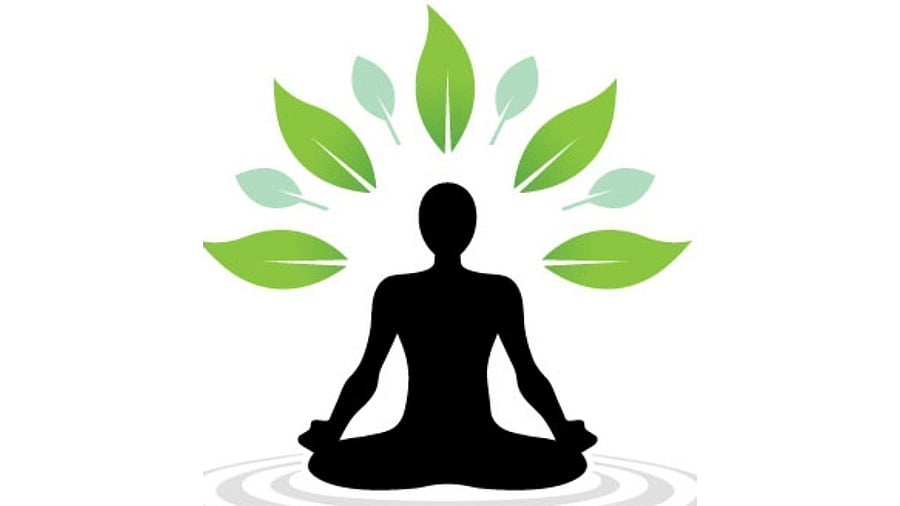
Oasis logo.
In concluding the chapter on ‘Dhyana Yoga’ – the yoga of meditation – the Bhagavad Gita clearly states that among all the different methods of attaining spiritual enlightenment, the method of dhyana, or meditation, is the foremost.
Lord Krishna speaks in the first person in the last two passages and exhorts the Prince Arjuna to aim to become a ‘Yogi’ – one who transcends other spiritual paths of austerities, rituals and theoretical knowledge. The Lord does not in any manner decry the importance of these steps in spiritual growth but is only pointing out that controlling the mind by reining in the senses and directing the mental faculties towards the supreme truth that is all-pervasive is the most efficacious method in reaching the goal of spiritual enlightenment.
This entire chapter is devoted to the methods of controlling the wavering, fickle mind, disciplining it such that it is not swayed by the external attractions and pulls of the world and focusing all mental activities towards higher spiritual verities. By doing so, the mind becomes steady and ripe to meditate. This entire process is one of gradual ripening and maturity, the qualities seen in all true spiritual luminaries.
Subjecting the body to various punishing and rigorous physical practices does not, in any way, aid in spiritual growth. At best, it may only help in withstanding severe physical troubles. Theoretical knowledge earned through the study of books and treatises will be just that – mere bookish knowledge.
This is not to diminish the importance of such knowledge, but the Lord only says here that there is something higher than this to be attained. As for the path of rituals, the Bhagavad Gita uses the evocative term ‘Shabdabrahma’ – the ritualistic portion of the Vedas – to denote a true Yogi who has absolutely no wants or desires and is therefore not interested in the ritualistic side of spiritual efforts.
“You must transcend all these steps and become a Yogi in the true sense of the term – one who constantly enshrines me in his heart, whose thoughts always flow towards me. Such a one is most dear to me,” says the Lord finally.
As Swami Chinmayananda says, this unceasing focus on the ultimate truth is true ‘Bhajana’, leading to negation of the ego and complete self-effacement and total identification with the true ‘Self’ – the divine consciousness. “Control your mind and shed your ego – this is real meditation,” is the message.